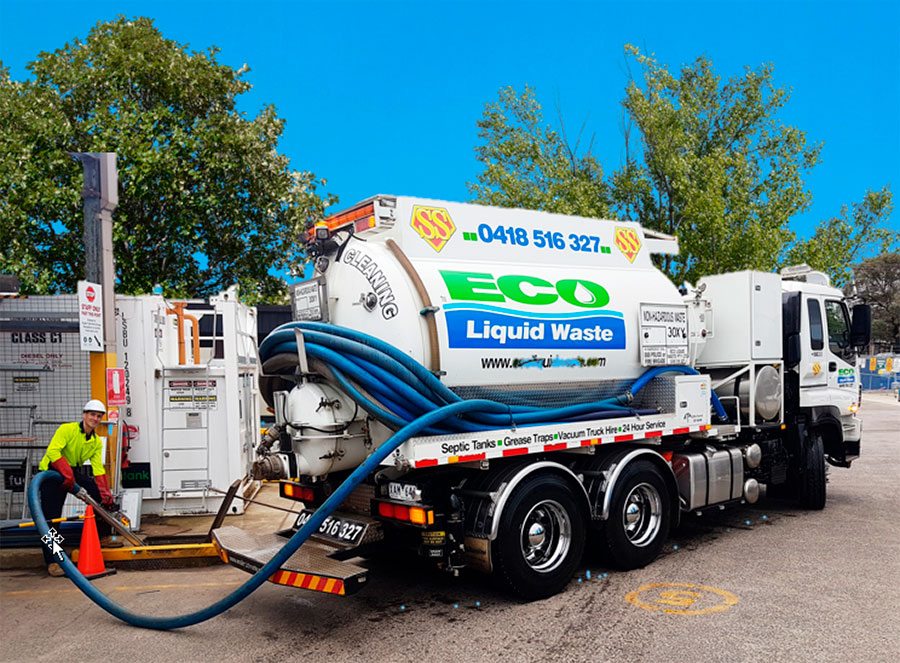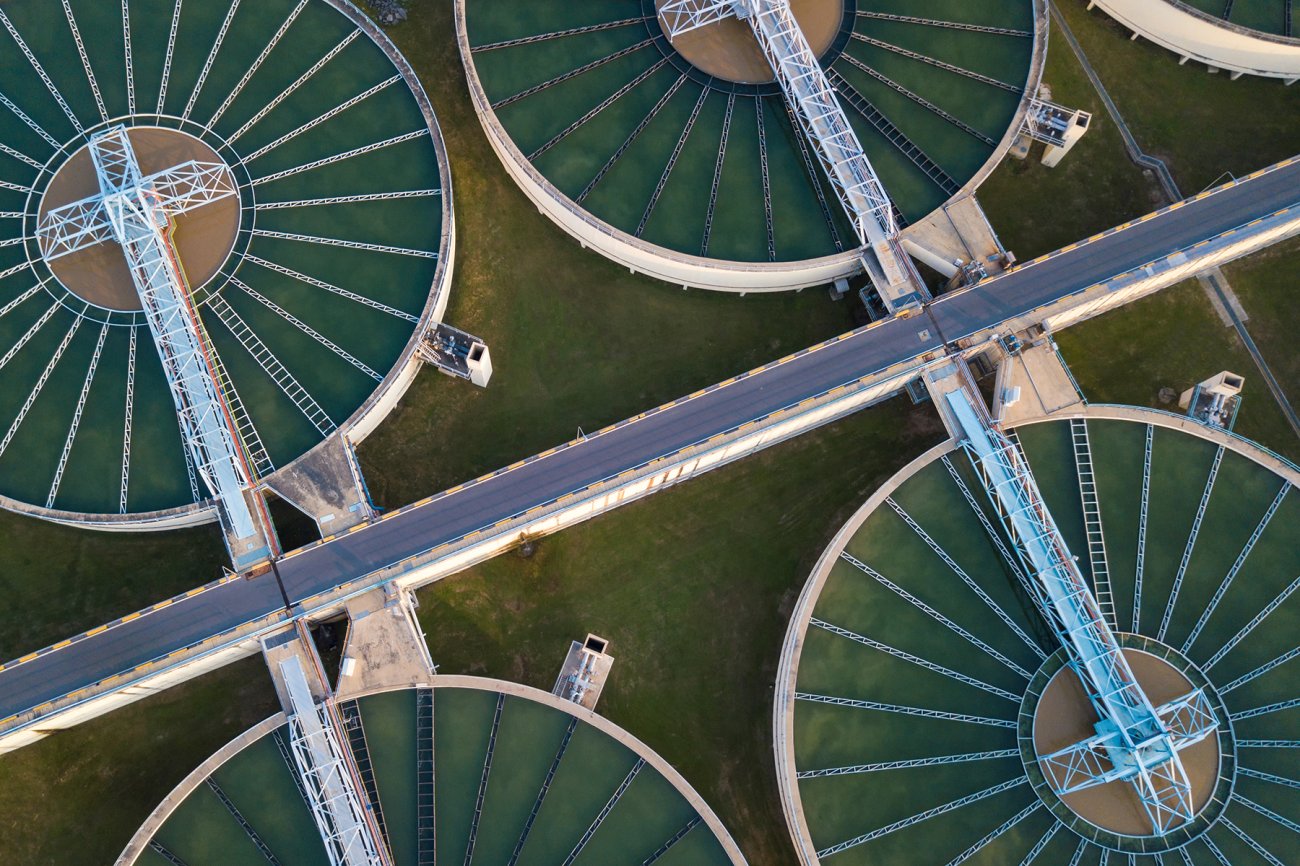Examine This Report on Reclaim Waste
Examine This Report on Reclaim Waste
Blog Article
3 Simple Techniques For Reclaim Waste
Table of ContentsThe Only Guide for Reclaim WasteThe 6-Minute Rule for Reclaim WasteThe Ultimate Guide To Reclaim WasteSome Known Questions About Reclaim Waste.Little Known Facts About Reclaim Waste.
Domestic sewer waste refers to the waste and items from a residential septic container. The proper management and disposal of residential sewer waste require liquid waste to be moved to a sewage treatment plant where the correct techniques and tools are applied to detoxify and dispose of waste.
Industrial waste often includes prospective hazards, such as combustible products or a combination of liquid and solid waste items, and calls for an advanced and comprehensive disposal procedure. The disposal of commercial waste commonly involves the filtering of waste prior to transport to guarantee risk-free and correct disposal. Hazardous waste is created from by-products and drainage of industrial processes and production.
This sort of waste can not use the exact same sewer management transportation or processes as septic or industrial liquids. The hazardous waste administration procedure requires the evaluation and testing of fluid waste prior to it undertakes the disposal procedure (industrial wastewater treatment). Runoff waste is the liquid waste that comes from runoff and excess stormwater in very booming locations or cities
Drainage waste can trigger contamination and flooding otherwise dealt with correctly. Discover more about sewer cleansing and waste administration. Ensuring correct waste monitoring can protect against catastrophes and decrease ecological damage. Both individuals in domestic setups and specialists in commercial or manufacturing markets can benefit from recognizing the processes and guidelines of liquid waste administration.
Some Known Facts About Reclaim Waste.
Get in touch with PROS Solutions today to learn more about our waste administration and disposal solutions and the appropriate means to look after the liquid waste you generate.
(https://www.metal-archives.com/users/reclaimwaste1)This supposed 'wastewater' is not just an important resource yet, after treatment, will certainly be launched to our land, waterways or the ocean. Used water from commodes, showers, bathrooms, kitchen sinks, laundries and industrial procedures is known as wastewater.

water utilized to cool equipment or tidy plant and tools). Stormwater, a form of wastewater, is overflow that moves from farming and city locations such as roofing systems, parks, gardens, roads, paths and rain gutters into stormwater drains, after rainfall. Stormwater streams without treatment straight to neighborhood creeks or rivers, eventually getting to the ocean.
Things about Reclaim Waste
In Queensland, the majority of wastewater is dealt with at sewer therapy plants. Wastewater is delivered from residential or commercial sites with a system of drains and pump terminals, known as sewage reticulation, to a sewer treatment plant.
The Division of Natural Resources recommends regional federal governments about handling, operating and preserving sewerage systems and treatment plants. In unsewered areas, city governments might require owners to install individual or home sewer treatment systems to treat residential wastewater from toilets, kitchens, washrooms and laundries. The Department of Natural Resources authorizes the use of house systems when they are proven to be reliable.
Many stormwater obtains no treatment. In some new communities, therapy of some stormwater to remove clutter, sand and gravel has actually started making use of gross toxin traps. Wastewater therapy happens in four stages: Gets rid of solid matter. Bigger solids, such as plastics and various other items incorrectly released to sewers, are removed when wastewater is passed via displays.
Wastewater then flows right into large containers where solids clear up and are removed as sludge. Grease and scum are skimmed from the surface area. Utilizes small living microorganisms referred to as micro-organisms to damage down and remove continuing to be liquified wastes and great bits. Micro-organisms and wastes are incorporated in the sludge. Removes nitrogen and phosphorus nutrients that can create algal blooms in our waterways and threaten water life.
How Reclaim Waste can Save You Time, Stress, and Money.
Nutrient removal is not offered in all sewage therapy plants due to the fact that it requires pricey specialised devices. It is coming to be more common in Queensland. Clear liquid effluent created after treatment may still consist of disease-causing micro-organisms. If this effluent is launched right into waterways such as rivers or the sea, the micro-organisms will eventually die out.

Many wastewater moves into the sewage system. Under the Act, regional federal governments administer authorizations and licences for environmentally appropriate activities (Periods) including wastewater releases that could have a local influence.
The Facts About Reclaim Waste Uncovered
Surveillance provides factual information try this regarding water top quality and can validate that permit problems are being met. The information gotten via monitoring offers the basis for making water high quality decisions.
Report this page